from our Optimisticles blog series
By Wes Kilgore, Well Beings
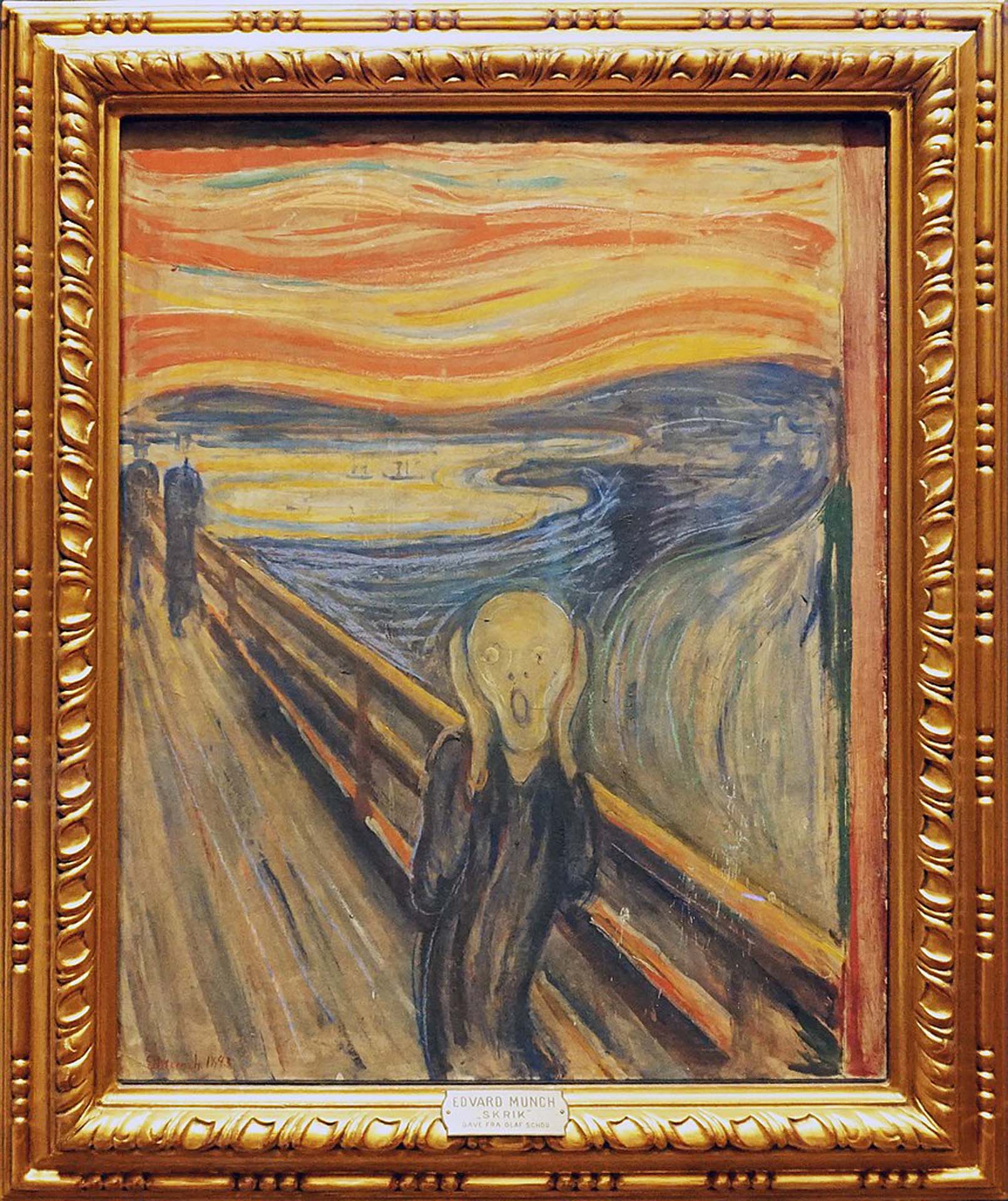
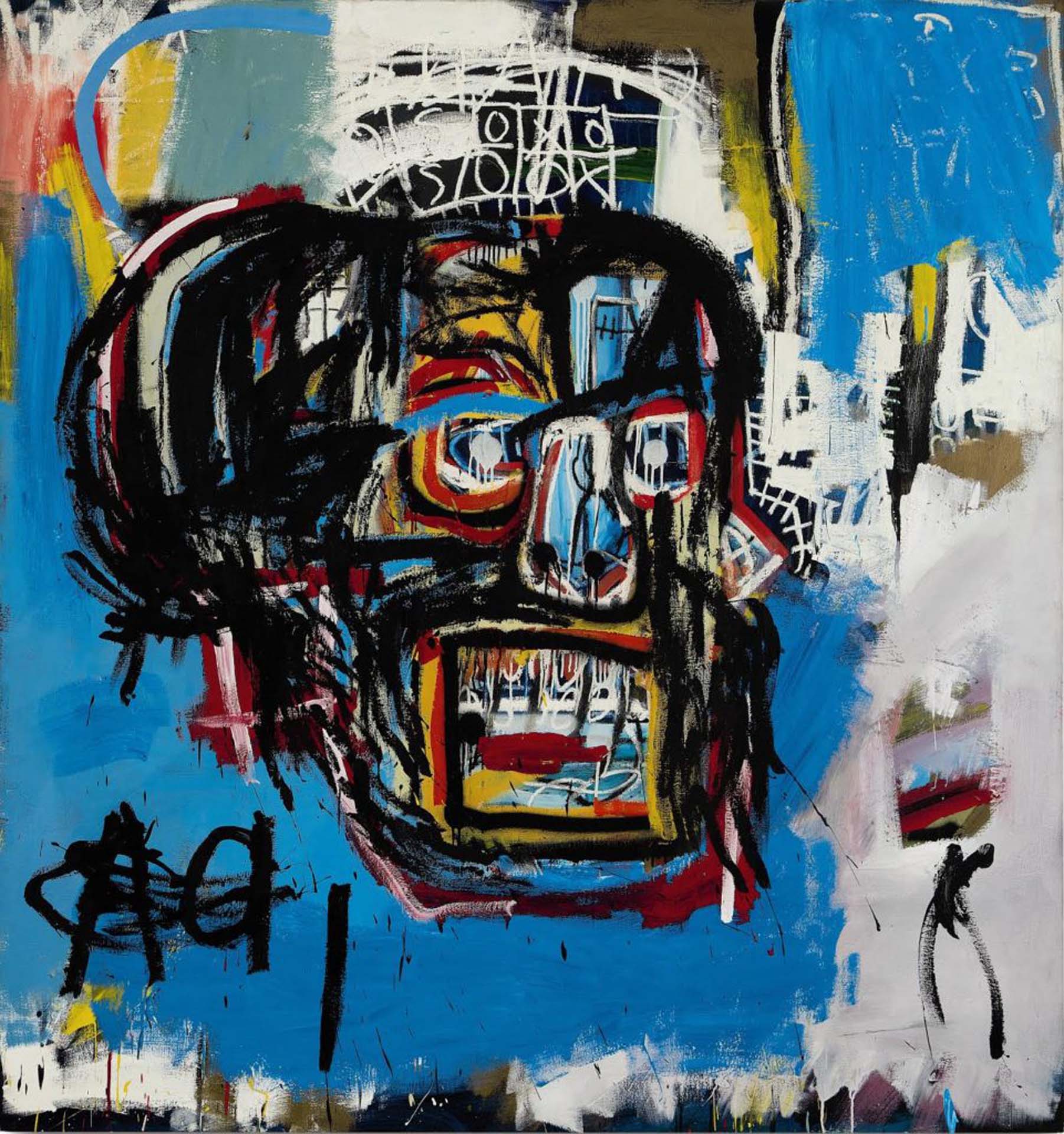
Jean-Michel Basquiat
Date: 1982
Style: Neo-Expressionism, Street art
– Jean-Michel Basquiat Fair Use
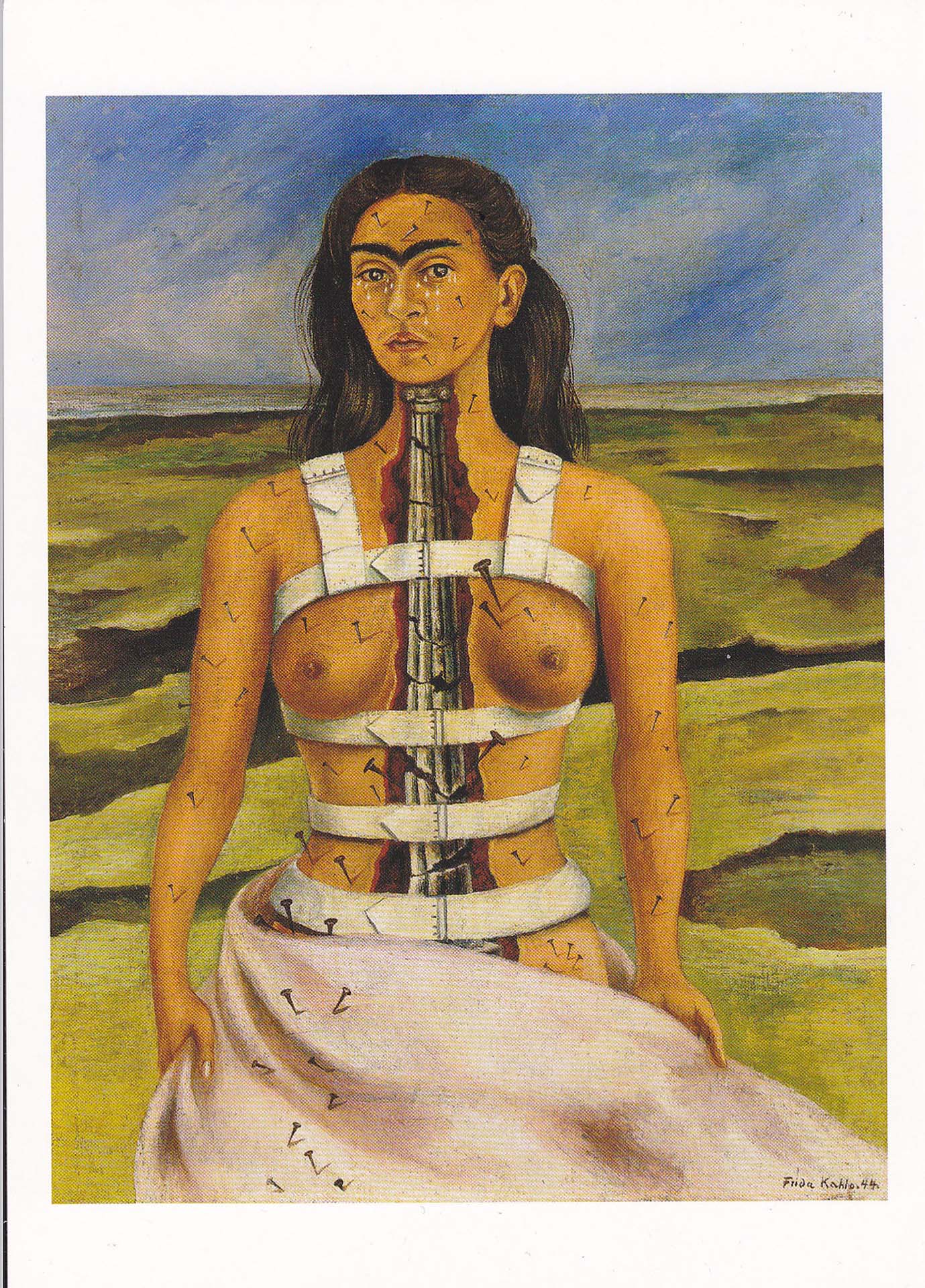
Painting by Frida Kahlo – Courtesy of FridaKahlo.org
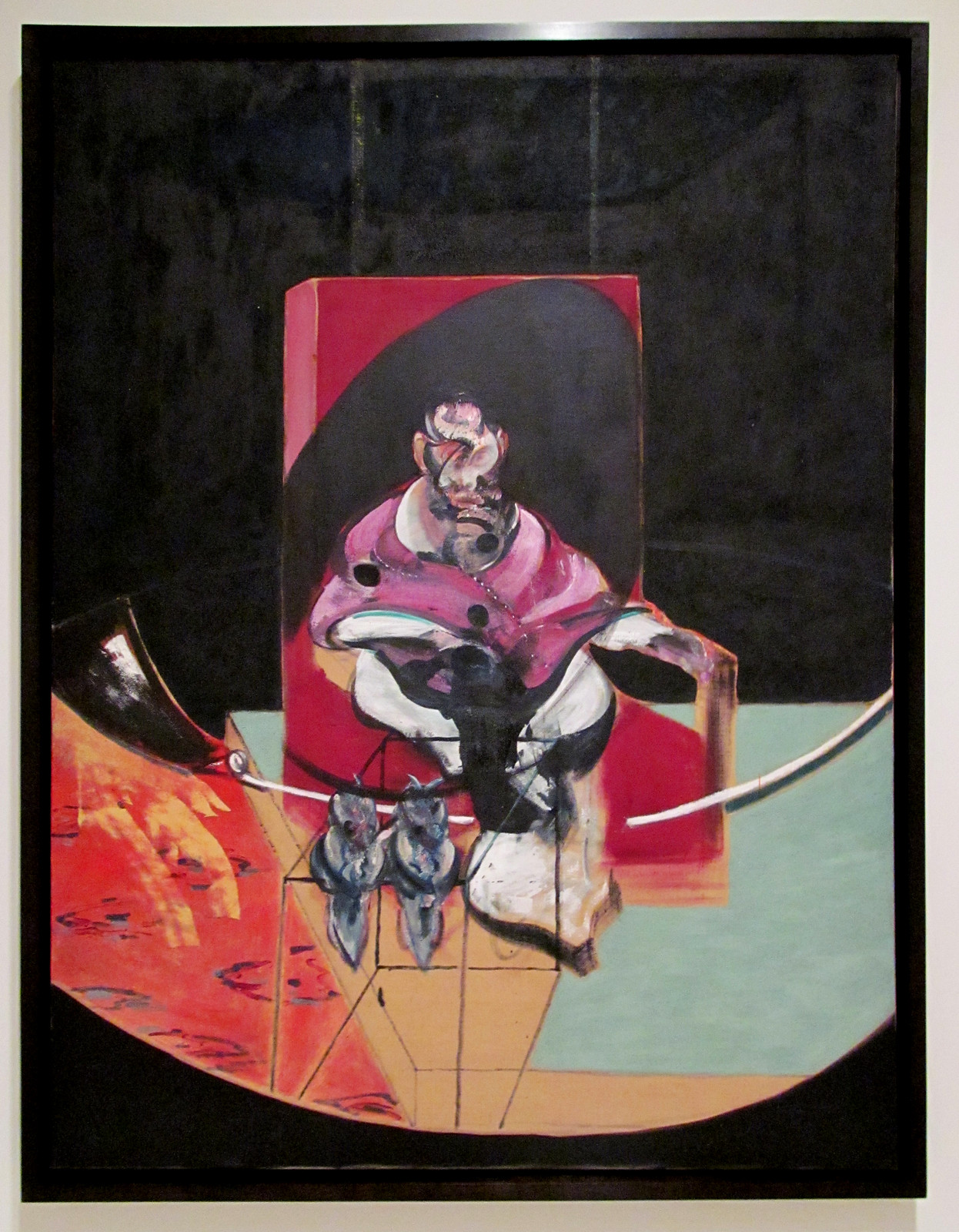
“Figure with Two Owls, Study for Velazquez,” 1963. Oil on canvas (1909-1992) Gift of C. Schwab. SFMOMA
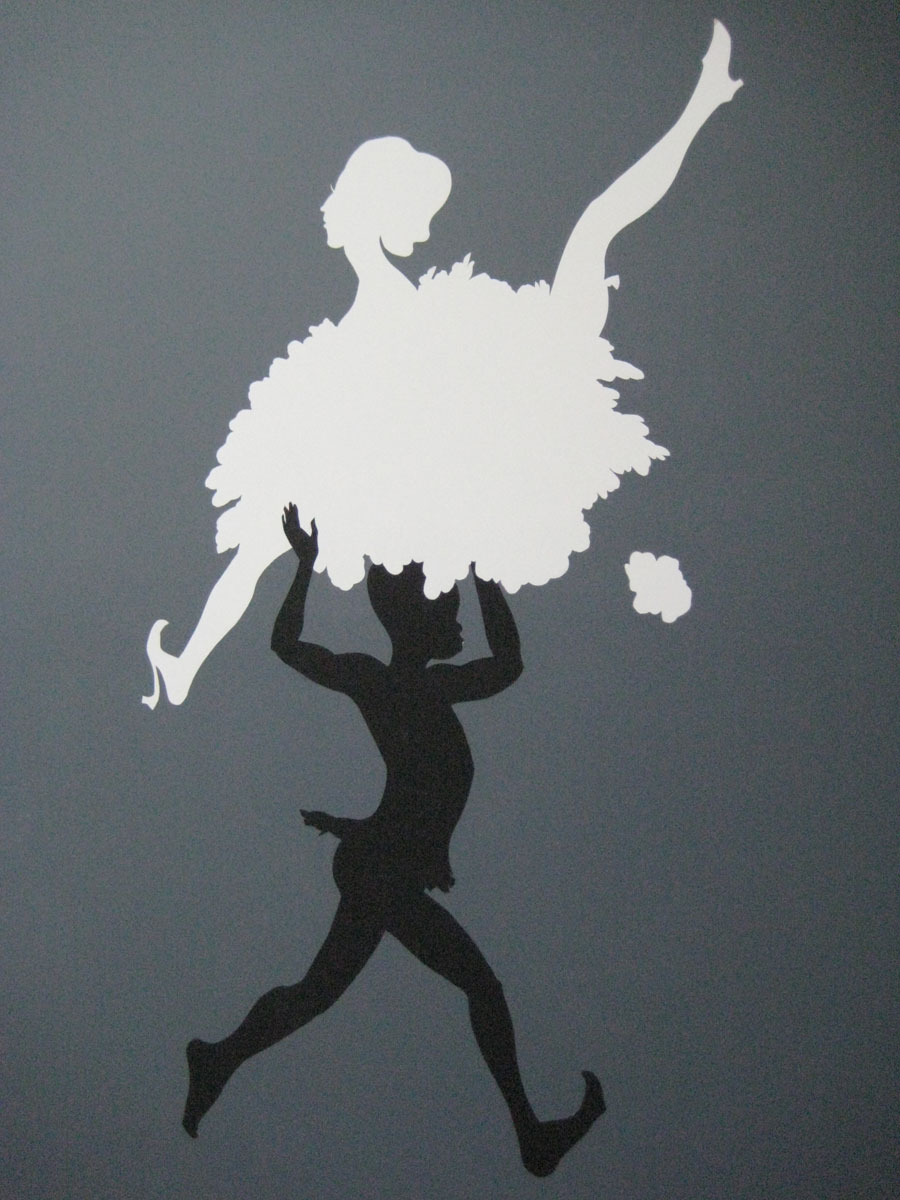
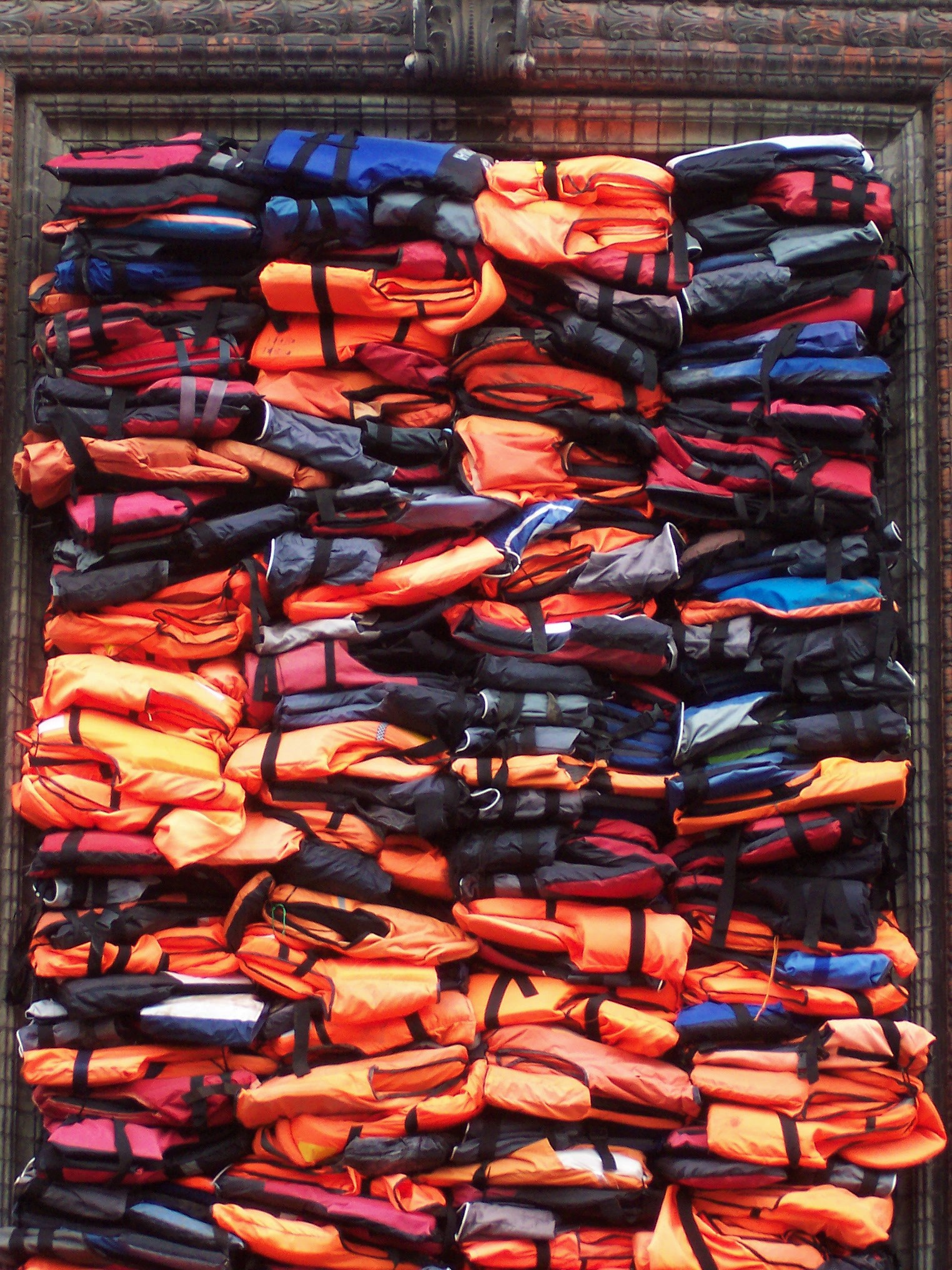
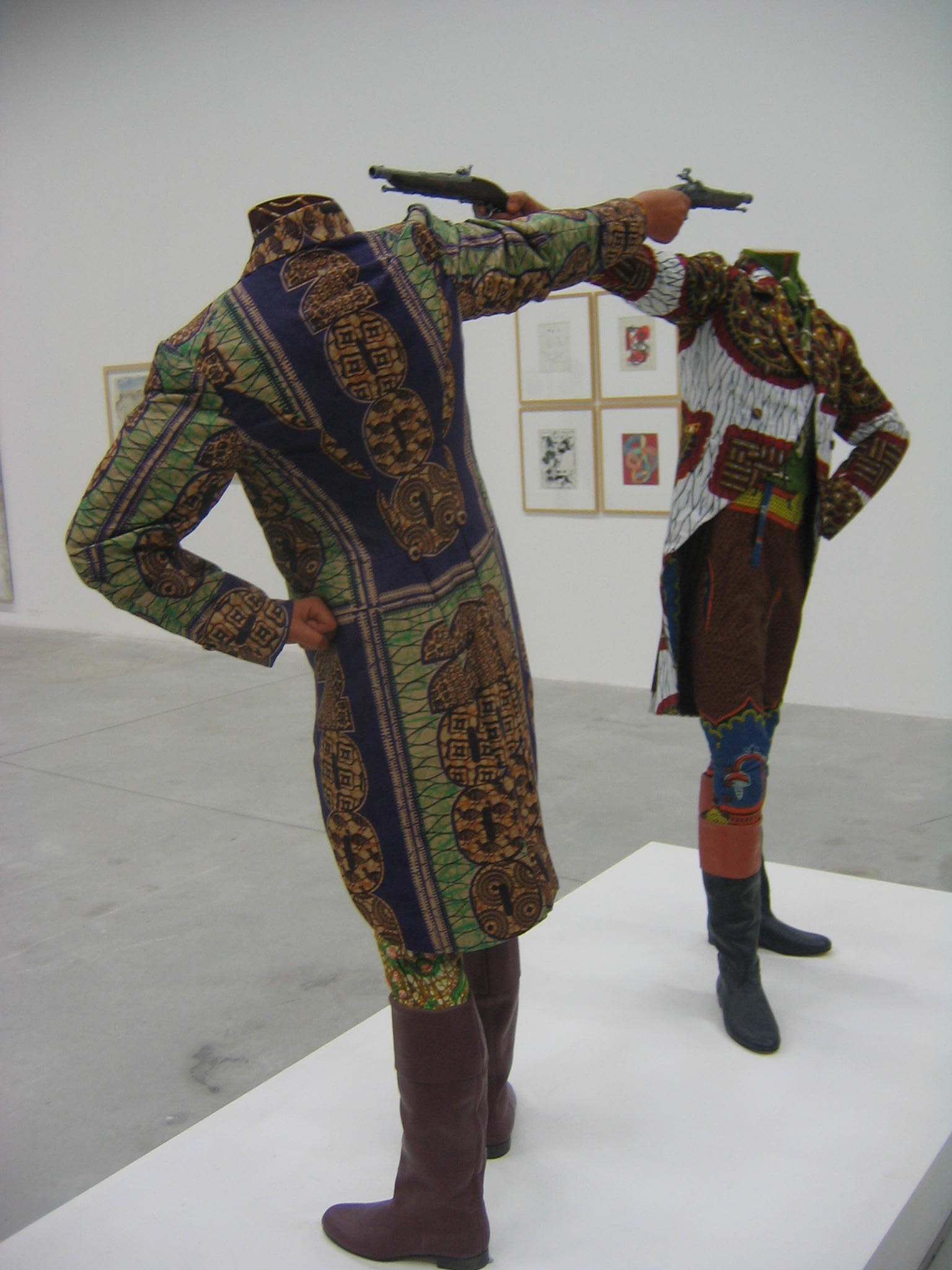
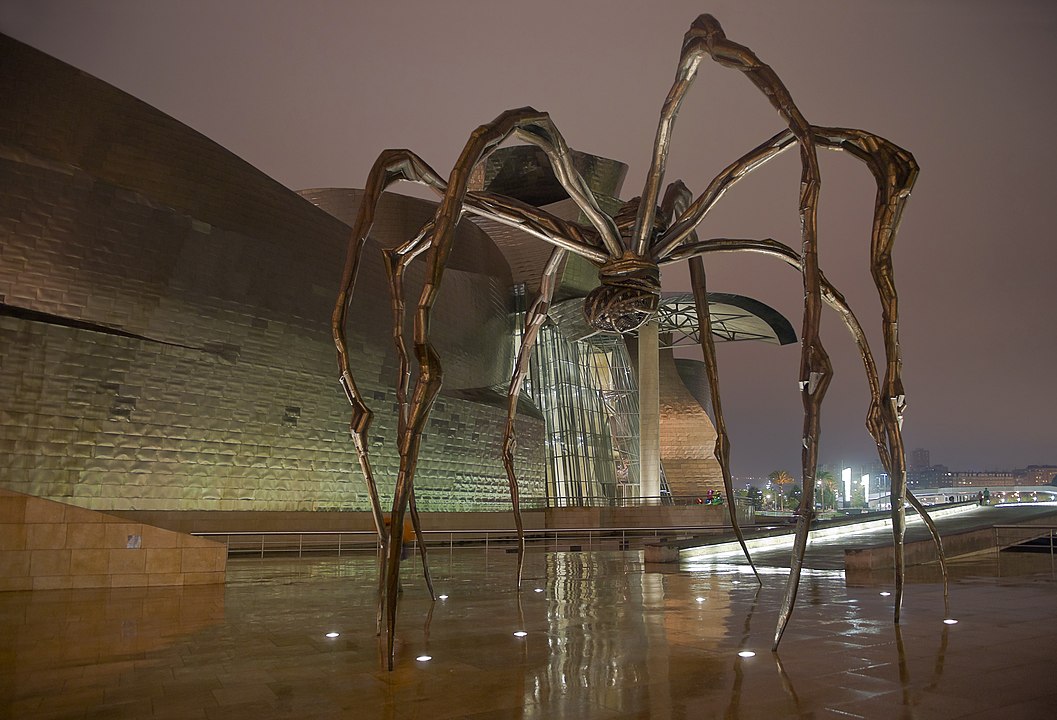
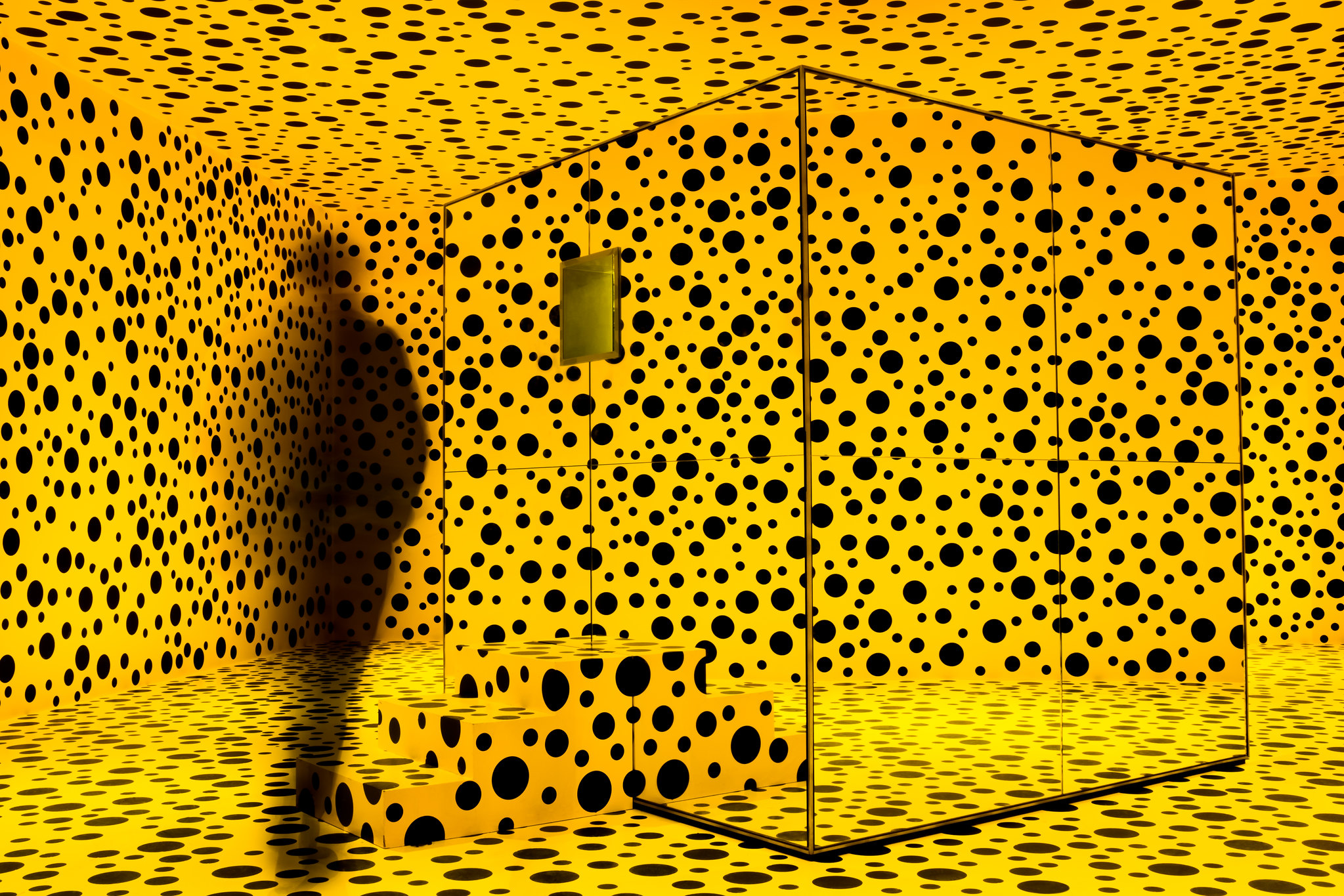
Emotions serve as a powerful catalyst to creativity and art. The most impactful art often stems from the deepest human experiences—joy, sorrow, love, and particularly, anxiety. Throughout history, numerous artists have harnessed their personal struggles, turning them into stunning visual narratives. This intimate connection between an artist’s inner turmoil and their creative output has given rise to some of the most compelling and emotionally resonant artwork known today.
In this Optimisticle, we delve into the lives and works of ten remarkable artists who transformed their stress, mental anguish, and existential unease into extraordinary art. From Ai Weiwei’s politically charged statements to Frida Kahlo’s raw, autobiographical pieces; from Van Gogh’s turbulent emotional landscapes to Yayoi Kusama’s obsessive patterns, each artist’s journey is a testament to the resilience of the human spirit. Their work not only provides a window into their souls but also offers solace, understanding, and sometimes, a mirror to our own struggles. As we explore these artists and their creations, we witness the alchemy of turning anxiety into art—a process both deeply personal and universally resonant.
Ai Weiwei

Ai Weiwei’s art is a powerful testament to resilience and protest. Known for his political activism, Ai often confronts the authoritarianism and human rights issues in China, which led to his own imprisonment. His works, like the “Sunflower Seeds” installation at Tate Modern, often reflect on freedom, censorship, and individual versus collective identity. Ai’s art is a poignant reminder of the struggle for freedom and personal expression, embodying both a rebellious spirit and a deep sense of melancholy.
Marina Abramović
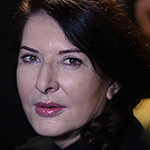
Marina Abramović, the grandmother of performance art, uses her body as a canvas to explore the connection between performer and audience, life and art. Her performances, like “Rhythm 0,” where she invited the audience to use any of 72 objects on her as they wished, often bring out the complexities of human interaction and vulnerability. Abramović’s work, deeply personal and often painful, confronts themes of trust, endurance, and the physical and mental boundaries of the self.
Edvard Munch
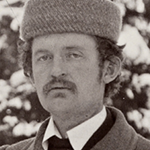
Edvard Munch’s art, particularly “The Scream,” is an iconic representation of existential anxiety. Munch’s works, often somber and introspective, delve into themes of illness, anxiety, and human emotion. His art was greatly influenced by his own struggles with mental health and the early loss of his mother and sister, leading to a lifelong preoccupation with capturing the depth of human despair, loneliness, and anxiety.
Frida Kahlo
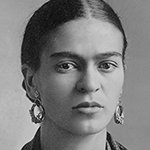
Frida Kahlo turned her pain and anguish into powerful art. Suffering lifelong health issues due to a bus accident and troubled marriage, her self-portraits, like “The Broken Column,” express her physical and emotional agony. Kahlo’s work is a bold exploration of identity, gender, class, and race, infused with rich symbolism and vibrant colors, revealing her inner world and the struggle of her existence.
Jean-Michel Basquiat
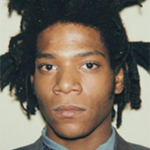
Jean-Michel Basquiat’s art was a conduit for his angst and commentary on race, identity, and society. His graffiti-inspired paintings, often featuring skeletal figures and mask-like faces, reflect his experiences as a Black man in America and the inner turmoil it brought. Basquiat’s works, like “Crown,” are raw, intense, and emotive, often hinting at a sense of alienation and internal conflict.
Yayoi Kusama
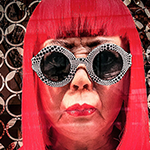
Yayoi Kusama’s art is deeply intertwined with her psychological struggles. Living voluntarily in a psychiatric institution, Kusama uses her hallucinations and obsessive-compulsive disorder as sources for her art. Her polka dots and infinity rooms are manifestations of her mind’s landscape, exploring themes of obsession, infinity, and existentialism.
Francis Bacon
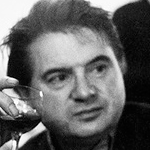
Francis Bacon, a British painter, is renowned for raw, emotionally charged art that delves into the depths of the human psyche. His turbulent personal life, marked by a troubled upbringing and struggles with his own identity, profoundly influenced his work which often featured distorted, anguished figures set in stark, surreal environments. Pieces like “Study after Velázquez’s Portrait of Pope Innocent X” showcase his use of bold, often jarring colors and dramatic forms that capture a sense of inner turmoil and existential dread. Bacon’s art is a compelling exploration of the human condition, conveying the complexities of fear, alienation, and the search for meaning, and his powerful imagery offers a visceral representation of anxiety and the darker aspects of human emotion.
Kara Walker
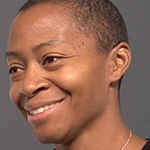
Kara Walker’s silhouette installations confront the brutal history of slavery and racial tensions. Her work, like “A Subtlety,” often depicts violent and unsettling scenes, reflecting the trauma and ongoing struggle of African American identity. Walker’s art, while stark and confrontational, carries an underlying resilience, compelling the viewer to confront uncomfortable historical truths.
Yinka Shonibare
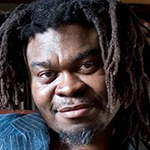
Yinka Shonibare’s art playfully critiques colonialism and cultural identity, often using brightly colored African textiles. His works, like the “Nelson’s Ship in a Bottle,” juxtapose Western art history with African aesthetics, challenging notions of heritage and post-colonialism. Shonibare’s art is a vibrant commentary on global interconnectedness and cultural exchange.
Louise Bourgeois
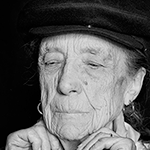
French-American artist Louise Bourgeois’ sculptures and installations, like “Maman,” are deep reflections of her childhood memories and emotions. Her works often explore themes of loneliness, jealousy, and fear. Bourgeois’ art is a direct channel of her psychological landscape, revealing the complexities of human emotions and relationships.
About the Author

Wes Kilgore is a writer, musician and bon vivant based in the Washington, DC area, and the proud parent of two disturbingly well-adjusted young women and two borderline sociopathic Corgis.